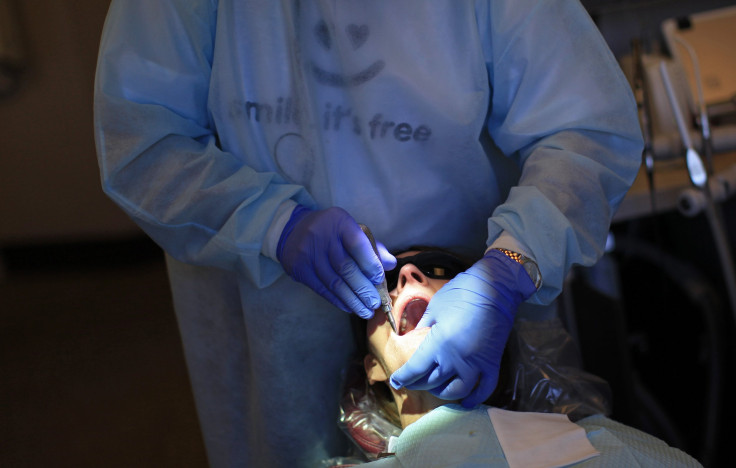Sedation Recommended For Anxious Or Fearful Patients In The Dentist’s Chair

“It’s nothing personal or anything — I’m just never coming back!” Unfortunately, your friendly neighborhood dentist hears these harsh words more times than you might think. A new study finds patients who are fearful of pain avoid going to their dentist, while other patients have such extreme anxiety, a simple cotton swab on their gums makes them flinch. “Pain and anxiety control is critical in dental practice,” wrote the researchers in their guidelines governing the use of sedatives.
To Sedate Or Not To Sedate
While moderate sedation helps to calm anxious patients, not all endodontists are qualified to administer it, since the procedure is not generally taught in most graduate programs, explained Dr. Thomas A. Montagnese, assistant professor in the Department of Endodontic at Case Western Reserve School of Dental Medicine. To remedy this, Montagnese's department introduced training for moderate sedation into its curriculum just last year. The training follows rules and regulations set by the Ohio State Dental Board, and the American Dental Association Guidelines for the Use of General Anesthesia and Sedation by Dentist Guidelines.
However, Montagnese and his colleagues were not satisfied with these general rules so they conducted their own study in order to understand when it is best for a dentist to use moderate sedation. To begin, they compiled records of 84 patients who received care and moderate sedation during a dentist visit at a Case Western Reserve's clinic between 2010 and 2012. The mainly women patients (63 percent) ranged in age from 8 to 88. Next, the team of researchers analyzed dental practices as they related to each patient's age, sex, and existing medical conditions, such as heart trouble, high blood pressure, and diabetes, all of which require consideration during treatment.
After calculating the numbers, the researchers discovered the most common medical conditions among these patients were hypertension (17 percent of all patients), asthma (15 percent), and bipolar disorder (eight percent). Further, the reasons cited by dentists for the use of moderate sedation were to calm anxiety (54 percent of all patients), to conquer the fear of needles (15 percent), to overcome local anesthesia failures (15 percent), to prevent severe gag reflex (eight percent), and to ease claustrophobia caused by the rubber dam (also eight percent).
“Moderate sedation is a useful adjunct in managing a variety of conditions that make it difficult or impossible for some people to undergo certain dental procedures,” wrote the researchers, who noted the ability to use sedation permits a dentist more options when treating a patient, especially those who are anxious and fearful. Much better, we patients believe, than having to avoid the dental chair completely.
Source: Setty M, Montagnese TA, Baur D, et al. An Analysis of Moderate Sedation Protocols Used in Dental Specialty Programs: A Retrospective Observational Study. Journal of Endodontics. 2014.
Published by Medicaldaily.com



























